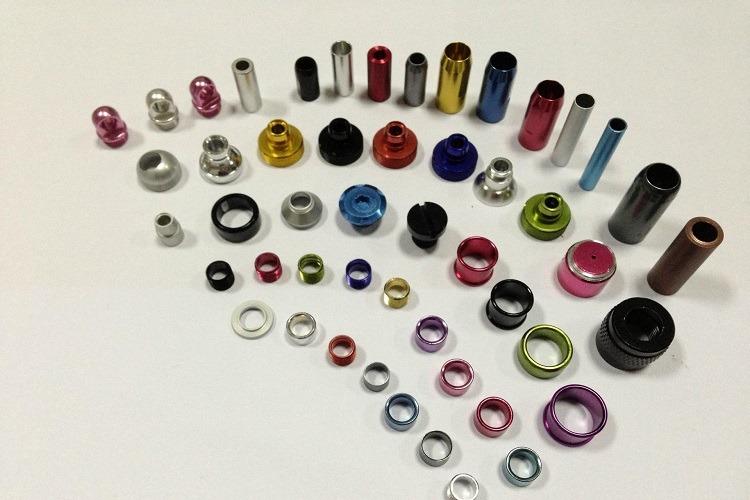What Are the Metals That Can Be Anodized?

l Magnesium: Mainly anodized because of the thin native oxide layer that serves as a primer for paint adherence. more beautiful and corrosion-resistant, but less common than aluminum.
l Aluminum: It is by far the best anodizing material because of its naturally occurring oxide layer, which readily thickens and colors during the process. provides outstanding wearability, corrosion resistance, and aesthetics.
l Titanium: Titanium oxide anodizing produces a vivid, long-lasting layer with a distinct rainbow color. utilized in jewelry, sporting goods, and medical implants for both practical and esthetic purposes.
l Niobium: It is utilized in some applications, such as capacitors and superconducting magnets, and has a strong corrosion resistance, much like tantalum. Commercial anodization is not a common practice.
l Tantalum: Its high biocompatibility and corrosion resistance make it ideal for electronics and medical implants. In comparison to other metals, anodization is more challenging and rare.
l Zinc: Mainly used for ornamental purposes because of its low wear resistance. offers vivid hues and serves as a paint primer.
The degree of wearability, corrosion resistance, and other properties of various metals after anodizing vary. You can choose a metal that best fits the requirements of your project by being aware of these variations. For example, if corrosion resistance is important, aluminum might be a better choice than zinc. You can plan ahead, avoid potential problems, and finish your project with the desired outcomes by knowing which metals are good candidates for anodization. It is essential to plan ahead if you are considering anodizing as a surface finishing option.
- Art
- Causes
- Crafts
- Dance
- Drinks
- Film
- Fitness
- Food
- Игры
- Gardening
- Health
- Главная
- Literature
- Music
- Networking
- Другое
- Party
- Religion
- Shopping
- Sports
- Theater
- Wellness


